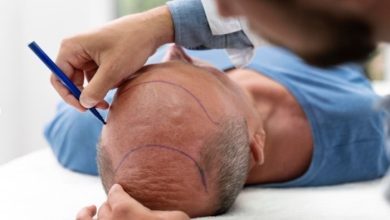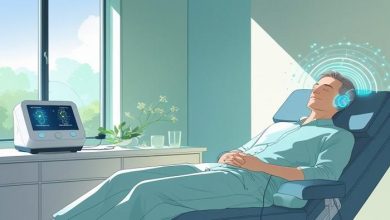
As we age, stress doesn’t slide off our shoulders the way it once did. Sometimes, it lands squarely on the heart. Takotsubo Cardiomyopathy—often called “broken heart syndrome”—is proof. An intense shock can set it off, and older women are the most common patients.
Care teams in assisted living communities now watch mood shifts as closely as they track blood pressure. An argument, a sudden loss, or even a happy surprise can send a resident to the hospital. The chest pain looks exactly like a heart attack.
What Is Takotsubo Cardiomyopathy?
During an episode, a burst of stress hormones stuns the left ventricle. The chamber balloons outward and, on a scan, copies the shape of a Japanese octopus trap. No artery is clogged, so it isn’t a classic heart attack, yet the heart’s squeeze weakens for days or weeks. Most people regain full strength. The hours right after the event can be risky, though. Low blood pressure and irregular beats may appear, so hospital care is a must.
Why Older Adults Are at Higher Risk
Age changes the heart. Muscle fibers stiffen, and vessels lose some give. After menopause, falling estrogen removes a layer of protection against surging stress chemicals. Certain medicines add strain as well. On top of biology, life piles on. The loss of a spouse, a move from the family home, or giving up driving can weigh heavily. In younger hearts, stress hormones often pass without harm. In older ones, they can tip the balance.
Recognizing the Warning Signs
Takotsubo Cardiomyopathy feels just like a heart attack. Chest pressure, shortness of breath, nausea, or sudden sweating often start minutes after the upsetting event. Because there’s no way to tell the two problems apart at home, every new chest symptom deserves a 911 call.
Emergency staff will run a heart tracing, blood tests, and a dye study of the arteries. When the vessels look clear, yet the ventricle is ballooned, doctors know it is Takotsubo and begin supportive care.
Emotional Wellness and Recovery
Medicine steadies the heart while it heals, but the deeper repair involves the mind. Counseling, grief groups, gentle yoga, or a daily walk all help drain stress chemicals and calm the pulse. Relatives and caregivers should track mood changes, invite conversation, and build quiet routines around meals and bedtime.
Small gestures—sharing tea, paging through photo albums, sitting together during the morning news—offer a sense of safety that pills alone can’t provide.
Conclusion
Takotsubo Cardiomyopathy shows how tightly feelings and the heart connect, especially in older age. Quick recognition saves lives, and full recovery needs both medical care and emotional support. By listening to the stories behind the symptoms, we protect the aging heart from more than blocked vessels; we shield it from the weight of sudden sorrow and abrupt change.




